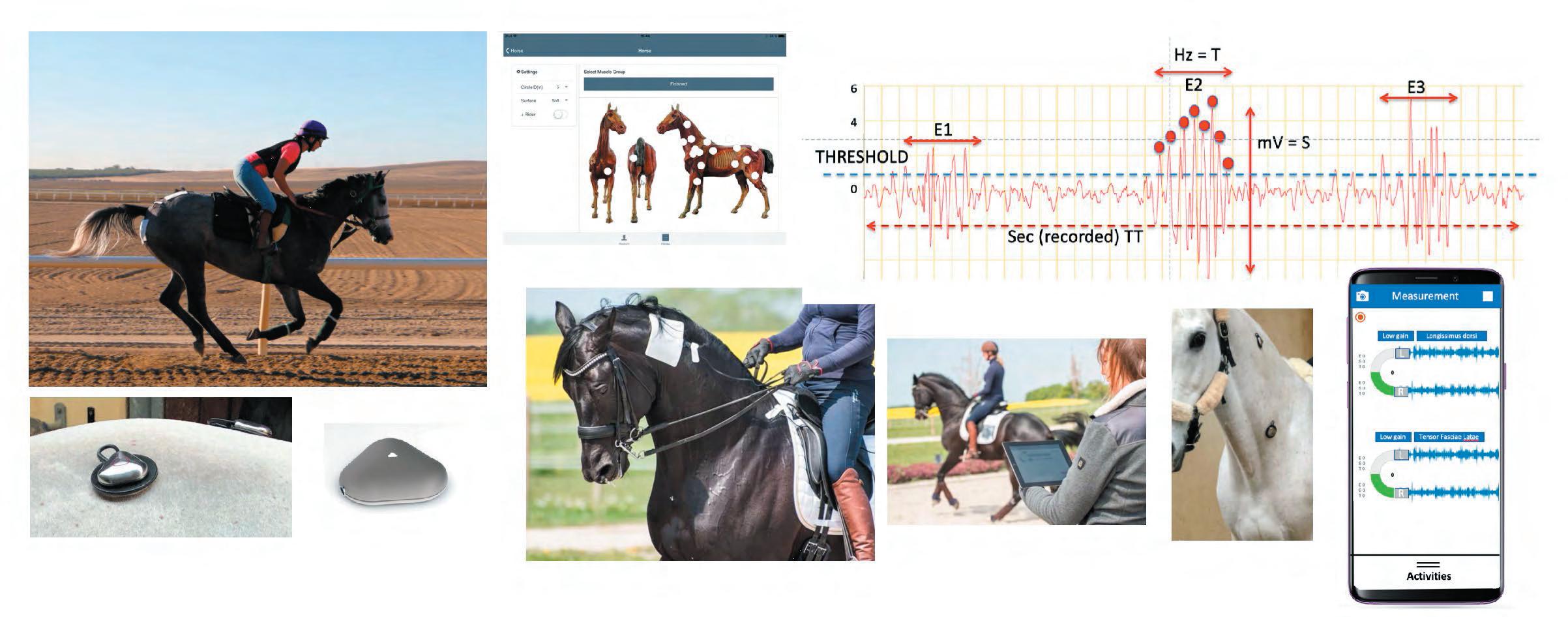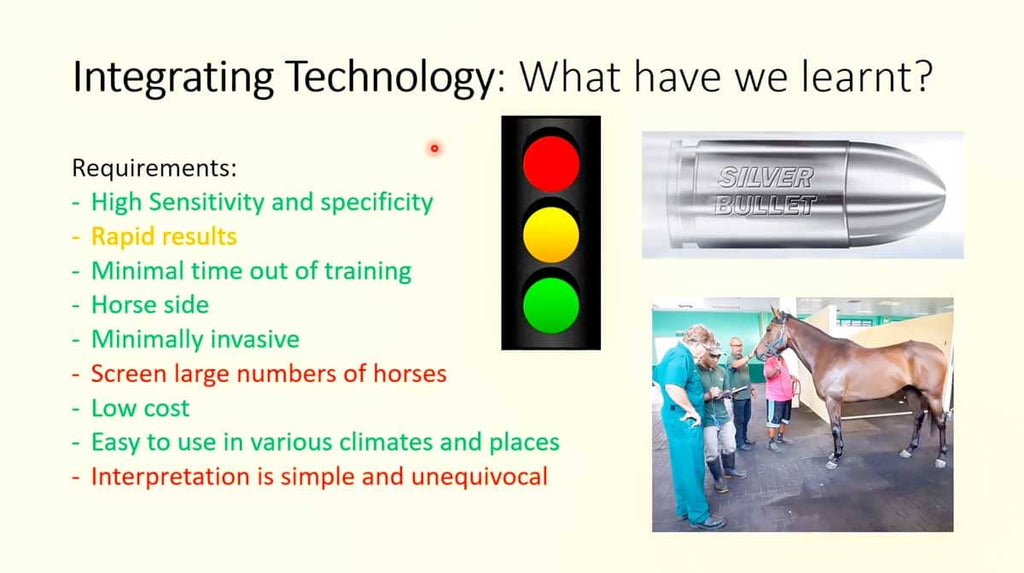Using Technology in Horse Training: A Comprehensive Guide

Horse training has evolved significantly with the integration of modern technology. This article explores various technological tools and methods that enhance training efficiency, improve horse welfare, and optimize performance.
Introduction

Technology in horse training refers to the use of digital devices, software, and innovative equipment to assist trainers in monitoring, analyzing, and improving the training process. These advancements help trainers make data-driven decisions and provide better care for their horses.
Key Technologies in Horse Training
| Technology | Purpose | Benefits |
|---|---|---|
| Wearable Sensors | Monitor vital signs and movement | Real-time health data, injury prevention |
| Video Analysis | Record and analyze training sessions | Technique improvement, behavior study |
| Automated Feeders | Regulate feeding schedules and portions | Consistent nutrition, reduced human error |
| Virtual Reality (VR) | Simulate environments for training | Safe exposure to new stimuli, stress reduction |
Benefits of Using Technology
- Enhanced Monitoring: Continuous tracking of heart rate, respiration, and gait helps detect early signs of distress or injury.
- Improved Training Techniques: Video playback and motion analysis allow trainers to refine their methods.
- Personalized Training Plans: Data collected enables customized routines tailored to each horse’s needs.
- Increased Safety: Automated systems reduce risks associated with manual feeding and handling.
Practical Applications
- Health Monitoring: Wearable devices alert trainers to abnormalities.
- Performance Tracking: GPS and motion sensors measure speed and endurance.
- Behavioral Analysis: Cameras and software identify stress signals or behavioral issues.
- Remote Training: Virtual tools enable trainers to guide sessions from a distance.
Frequently Asked Questions (FAQ)
Q1: Are wearable sensors comfortable for horses?
A1: Modern sensors are designed to be lightweight and non-intrusive, ensuring minimal discomfort.
Q2: How does video analysis improve training?
A2: It provides visual feedback, helping trainers spot subtle issues and track progress over time.
Q3: Can technology replace traditional training methods?
A3: Technology complements but does not replace the expertise and intuition of experienced trainers.
Q4: Is the investment in technology cost-effective?
A4: While initial costs can be high, long-term benefits like injury prevention and performance gains often justify the expense.
Conclusion
Incorporating technology into horse training offers numerous advantages, from enhanced health monitoring to improved training outcomes. Embracing these tools can lead to healthier, happier horses and more effective training programs.
Would you like me to help refine the tone or add more detailed case studies?
